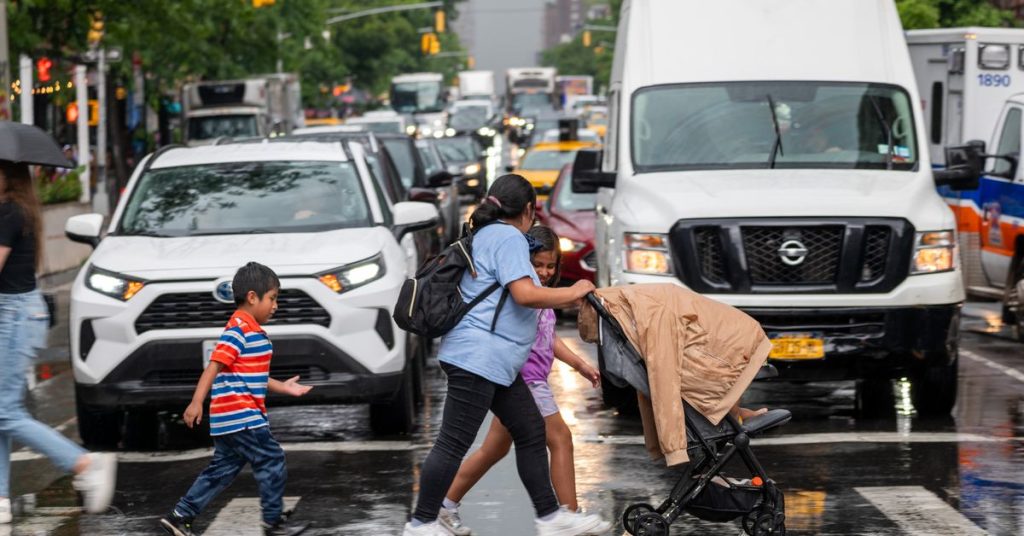### Auto Industry Challenges New NHTSA AEB Rule
#### Industry Concerns Over New AEB Standards
The auto industry’s main lobbying group has urged the National Highway Traffic Safety Administration (NHTSA) to reconsider its new rule on Automatic Emergency Braking (AEB) systems. The group argues that the rule is “unpredictable, erratic and will frustrate or flummox drivers,” potentially leading to tens of thousands of injuries each year.
#### New AEB Requirements
Under the new rule, all vehicles must be able to “stop and avoid contact” with vehicles ahead of them at speeds up to 62 mph. Additionally, AEB systems must automatically apply brakes up to 90 mph when a collision with a lead vehicle is imminent and up to 45 mph when a pedestrian is detected. Vehicles must also detect pedestrians in both daylight and darkness.
#### Current Vehicle Capabilities
According to John Bozzella, practically no car on the road today can meet these standards. NHTSA’s own testing data revealed that only one vehicle met the stopping distance requirements in the final rule. If the rule goes into effect, cars detecting objects in the road will automatically apply the brakes “far in advance of what a typical driver and others on the road would expect,” potentially increasing the likelihood of rear-end collisions. Additionally, vehicles will become more expensive due to the necessary and costly hardware and software changes.
#### Effectiveness of Current AEB Systems
Current AEB systems have proven less effective at preventing collisions. AAA has tested AEB systems for years and found that many are ineffective in common scenarios, especially at night. Autonomous vehicles from companies like [Waymo](https://waymo.com/) are often rear-ended by human drivers due to their more conservative approach to braking for objects and pedestrians.
#### Safety Advocates’ Perspective
When first announced, safety advocates praised NHTSA, arguing that the new rules would prevent deadly crashes and protect vulnerable road users like pedestrians. Even while lamenting the long delay in implementation, the Insurance Institute for Highway Safety called the new rule “a step forward for safety.”
a step forward for safety.

6 Comments
Typical bureaucratic overreach!
It’s about time for some common sense in auto regulations, isn’t it?
Julian_y_cooper: Who even listens to them?
Isn’t the safety of drivers a priority?
Quasar: They just don’t want to spend the extra money!
Smart move or just fear of change?